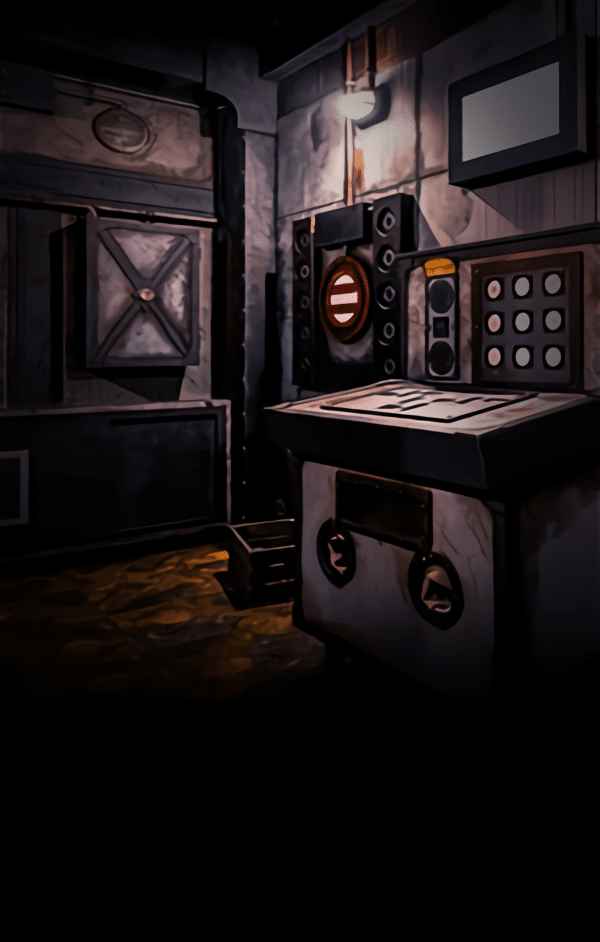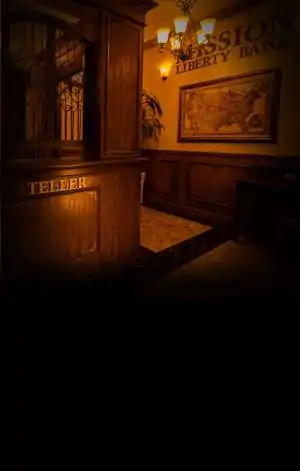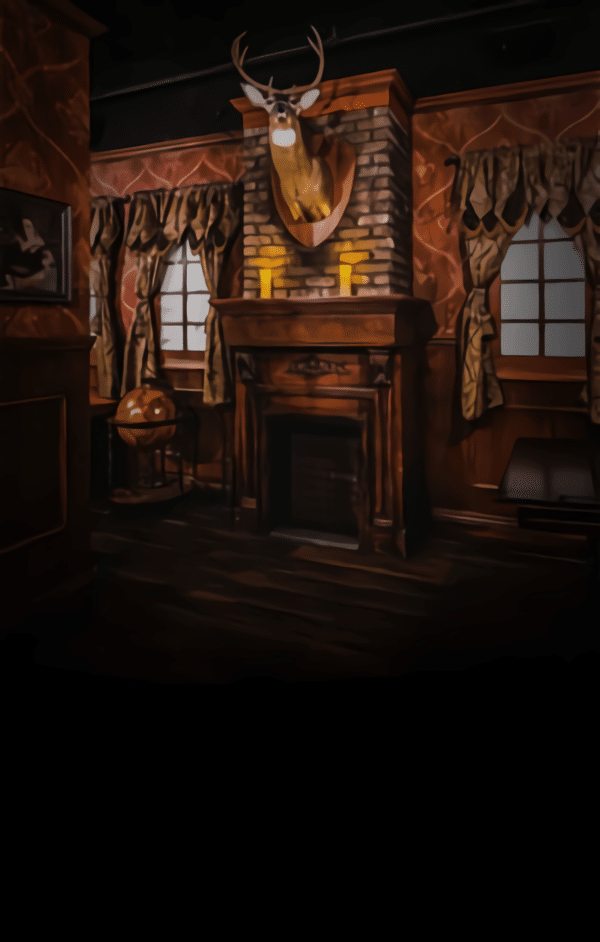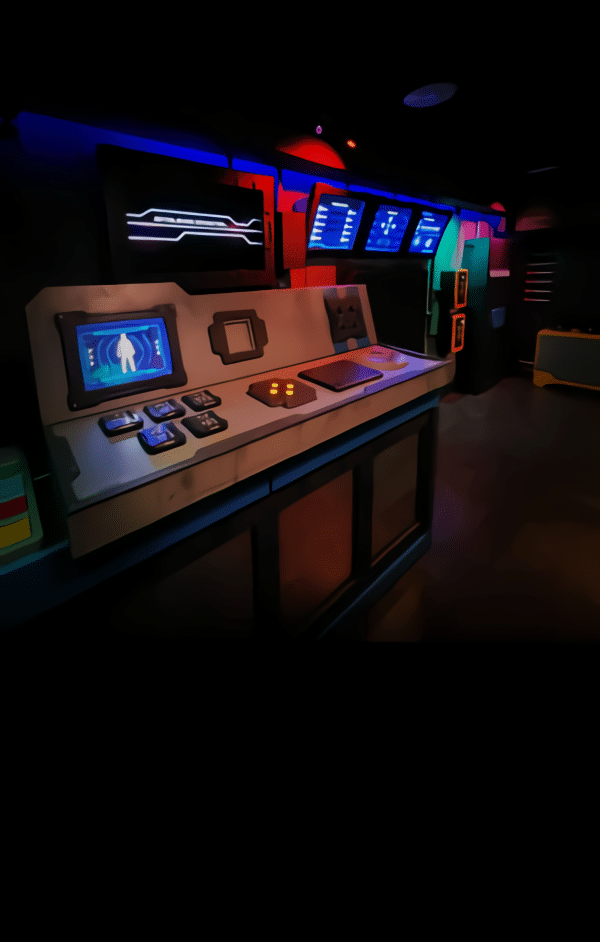What types of puzzles are common in “escape the room New York”?
Escape rooms have become one of the most exciting and popular activities for people seeking a challenge and adventure in New York City. As you step into an escape room, the clock begins ticking, and you’re tasked with solving a series of intricate puzzles and challenges. Each room is designed to test your skills in problem-solving, teamwork, and creativity. But what types of puzzles can you expect in “Escape the Room New York“? In this article, we’ll explore the common puzzle types found in these thrilling experiences, highlighting the games available, such as End of Days A, End of Days B, Hydeout, and Carbon: 3708.
The Excitement of Escape Rooms in New York City
Escape rooms in New York City offer an immersive experience, combining exciting narratives with complex puzzles. Located in the heart of Midtown, these rooms are perfect for tourists, locals, and anyone seeking an adrenaline-pumping activity. Whether you’re solving mysteries, escaping dangerous situations, or unraveling hidden clues, each game offers a unique challenge. The puzzles you encounter during these adventures are crafted to push your limits and require a combination of logic, observation, and teamwork.
Common Types of Puzzles in Escape Rooms
Escape rooms rely heavily on puzzles to challenge and engage players. These puzzles vary in type and difficulty, ensuring that every group can find something that suits their abilities. Here are some common puzzle types you’ll encounter during your “Escape the Room New York” experience:
1. Logic and Number Puzzles
Logic and number puzzles are staple challenges in most escape rooms. These puzzles require players to think critically and use logical reasoning to solve problems. For example, players might have to decode a series of numbers or solve a mathematical equation to unlock a clue or gain access to a hidden compartment. In End of Days A and End of Days B, you might be required to use a combination of numbers from a series of objects in the room to open a locked box or decipher a code.
These puzzles test your ability to spot patterns, think critically, and work under pressure. As you progress, you’ll encounter more complex variations, requiring teamwork and a sharp eye for detail.
2. Hidden Object Puzzles
Hidden object puzzles are all about exploration. Players must search the room for hidden clues, keys, or objects that will help them move forward. In rooms like Hydeout, hidden object puzzles might involve scanning the environment for cleverly concealed items or secret compartments that contain critical clues. These objects could be hidden in plain sight or disguised as part of the room’s decor.
To solve these puzzles, players need to be observant and notice small details that others may overlook. The thrill of uncovering a hidden object can be both rewarding and challenging, making this type of puzzle one of the most popular in escape rooms.
3. Word and Riddle Puzzles
Word puzzles and riddles often play a big role in escape rooms, requiring players to think creatively and come up with solutions that involve language and wordplay. In Carbon: 3708, for example, players may need to solve riddles or unscramble words to discover a hidden message or code that unlocks the next stage of the game.
Riddles can be deceptively simple or extremely complex, and they often require lateral thinking. Players may need to connect seemingly unrelated clues to find the answer. Solving these types of puzzles demands patience, wit, and a bit of imagination.
4. Physical Puzzles
Physical puzzles add an element of hands-on interaction to escape rooms. These puzzles require players to manipulate objects, move pieces around, or complete physical tasks to reveal the next clue. For example, in End of Days A, you might be required to assemble a physical contraption or use a set of tools to unlock a box or a safe.
These puzzles test your dexterity, coordination, and ability to work together as a team. While some physical puzzles can be simple, others might involve more intricate tasks that require a good deal of patience and careful planning.
5. Puzzle Boxes and Locks
Puzzle boxes and locks are an integral part of many escape room challenges. These may involve complex locking mechanisms, including combination locks, padlocks, or intricate puzzle boxes that require a sequence of steps to open. In End of Days B and Hydeout, players may find themselves deciphering multiple codes or solving intricate puzzles in order to unlock various locks that stand between them and the next stage of their escape.
These puzzles often require players to combine different clues they’ve gathered throughout the room to open these physical barriers. Successfully unlocking a box or safe provides a great sense of achievement and often leads to the discovery of crucial clues.
The Role of Teamwork in Solving Escape Room Puzzles
Escape rooms are designed to encourage teamwork. Many puzzles require more than one person to solve, whether it’s working together to figure out a complex riddle or combining skills to solve a physical puzzle. In rooms like End of Days A, cooperation between team members is essential for success. When players work together, they can approach puzzles from different angles, share ideas, and collaborate effectively.
Teamwork helps foster communication, problem-solving, and collaboration – all of which are essential in solving the puzzles and escaping the room in time. Whether you’re splitting tasks or brainstorming together, the synergy between teammates can make all the difference.
Why Choose “Escape the Room New York”?
There are plenty of reasons to choose “Escape the Room New York” for your next adventure. The escape rooms in New York City (Midtown) offer a range of games and puzzles to suit all levels of players, from beginners to experienced enthusiasts. Here are a few reasons why you should choose these escape rooms:
- Immersive Themes: Each room is designed with a unique narrative and theme, making the experience feel like you’re living out a thrilling story.
- Challenging Puzzles: Whether you’re into logic puzzles, hidden object challenges, or wordplay, you’ll find puzzles that will challenge your mind.
- Team Building: Escape rooms are perfect for building teamwork and improving communication among friends, family, or colleagues.
- Variety of Games: From End of Days A and B to Hydeout and Carbon: 3708, there’s something for everyone, with different themes and levels of difficulty.
Conclusion
“Escape the Room New York” provides an unforgettable adventure for anyone looking for a challenging and immersive experience. With puzzles that range from logic and word challenges to physical puzzles and hidden objects, there’s no shortage of brain-teasers to tackle. Whether you’re exploring End of Days A, solving riddles in Hydeout, or decoding secrets in Carbon: 3708, each room offers a unique experience. The thrill of solving puzzles, working together with your team, and the excitement of escaping in time makes “Escape the Room New York” an essential activity for anyone visiting Midtown NYC.
Frequently Asked Questions
Q: What types of puzzles are common in “Escape the Room New York”?
A: Common puzzles include logic puzzles, hidden object challenges, word and riddle puzzles, physical puzzles, and puzzle boxes with locks.
Q: How many players can participate in a New York escape room?
A: Most escape rooms accommodate 2 to 8 players, but this can vary depending on the room and its capacity.
Q: Are the puzzles in New York escape rooms suitable for beginners?
A: Yes, escape rooms in New York offer puzzles of varying difficulty levels, so both beginners and experienced players can enjoy the experience.
Q: How long does it take to complete an escape room in New York?
A: Most escape rooms give you 60 minutes to solve the puzzles and escape the room. However, the difficulty of the puzzles may impact how long it takes to finish.
Q: Can I play with a small group?
A: Yes, many escape rooms can be enjoyed by small groups, but it’s often more fun with a larger team to tackle the puzzles together.









